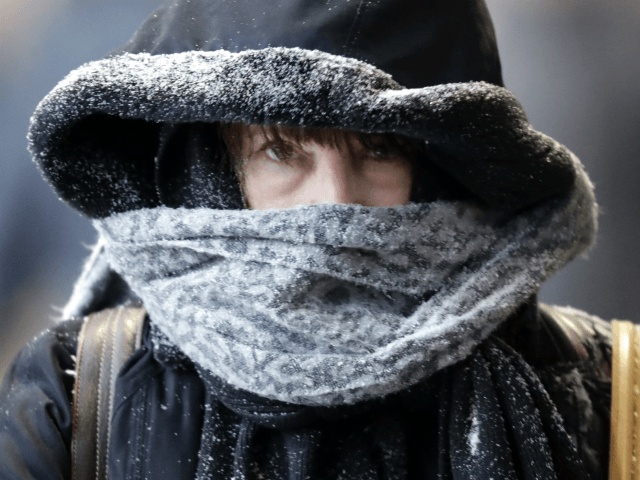NEW YORK (AP) — Get ready to pay sharply higher bills for heating this winter, along with seemingly everything else.
With prices surging worldwide for heating oil, natural gas and other fuels, the U.S. government said Wednesday it expects households to see their heating bills jump as much as 54% compared to last winter.
The sharpest increases are likely for homes that use propane, which account for only 5% of U.S. households, but others are also likely to see big increases.
Homes that use natural gas, which make up nearly half of all U.S. households, may spend $746 this winter, 30% more than a year ago. That could make this winter’s heating bills the highest for them since the winter of 2008-2009.
The second-most typical heating source for homes is electricity, making up 41% of the country, and those households could see a more modest 6% increase to $1,268. Homes using heating oil, which make up 4% of the country, could see a 43% increase — more than $500 — to $1,734.
This winter is forecast to be slightly colder across the country than last year. That means people will likely be burning even more fuel to keep warm, on top of paying more for each bit of it. If the winter ends up being even colder than forecast, heating bills could be higher than estimated, and vice-versa.
The forecast from the U.S. Energy Information Administration is the latest reminder of the higher inflation ripping across the global economy. Earlier Wednesday, the government released a separate report showing that prices were 5.4% higher for U.S. consumers in September than a year ago. That’s the hottest inflation since 2008, as a reawakening economy and snarled supply chains push up prices for everything from cars to groceries.
The higher prices hit almost all households, with pay raises for most workers so far failing to keep up with inflation. Average hourly earnings for workers were up 4.6% last month from a year ago.
But higher heating bills will hit low-income households particularly hard.
“After the beating that people have taken in the pandemic, it’s like: What’s next?” said Carol Hardison, chief executive officer at Crisis Assistance Ministry, which helps people in Charlotte, North Carolina, who are facing financial hardship.
She said households coming in for assistance recently have had unpaid bills that are roughly twice as big as they were before the pandemic. They’re contending with more expensive housing costs, higher medical bills and sometimes a reduction in their hours worked.
“It’s what we know about this pandemic: It’s hit the same people that were already struggling with wages not keeping up with the cost of living,” she said.
The biggest reason for this winter’s higher heating bills is the recent surge in prices for energy commodities after they dropped to multi-year lows in 2020. Demand has simply been growing faster than production as the economy roars back to life following the shutdowns caused by the coronavirus.
Natural gas in the United States, for example, has climbed to its highest price since 2014 and is up roughly 90% over the last year. The wholesale price of heating oil, meanwhile, has more than doubled in the last 12 months.
Another reason for the rise is how global the market for fuels has become. In Europe, strong demand and limited supplies have sent natural gas prices up nearly 350% this year. That’s pushing some of the natural gas produced in the United States to head for ships bound for other countries, adding upward pressure on domestic prices as well.
The amount of natural gas in storage inventories across the northern hemisphere is relatively low, according to Barclays analyst Amarpreet Singh, which means there is less of a cushion heading into winter heating season.
Heating oil prices, meanwhile, are tied closely to the price of crude oil, which has climbed more than 60% this year. Homes affected by those increases are primarily in the Northeast, where the percentage of homes using heating oil has dropped to 18% from 27% over the past decade.
___
AP Writer David Sharp contributed from Portland, Maine.

COMMENTS
Please let us know if you're having issues with commenting.